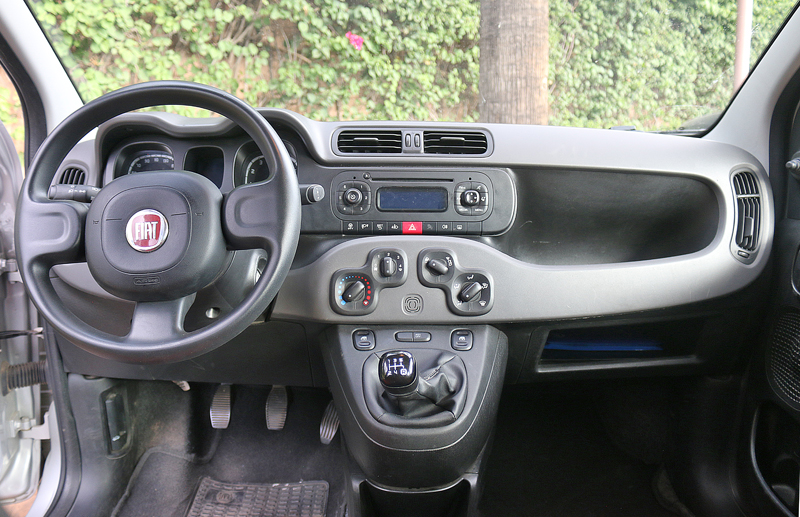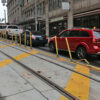The United States of America is actually one of the odder countries of the world pertaining to driving: it is one of the few nations that still does not use the metric system as its mainstream method of measurements; it contains vast amounts of wide highways and enormous parking lots; “drive-thru” establishments seem ubiquitous; and a copious majority of vehicles which are driven in this country are equipped with automatic transmissions.
Rest In Peace, Vehicles With Manual Transmissions?
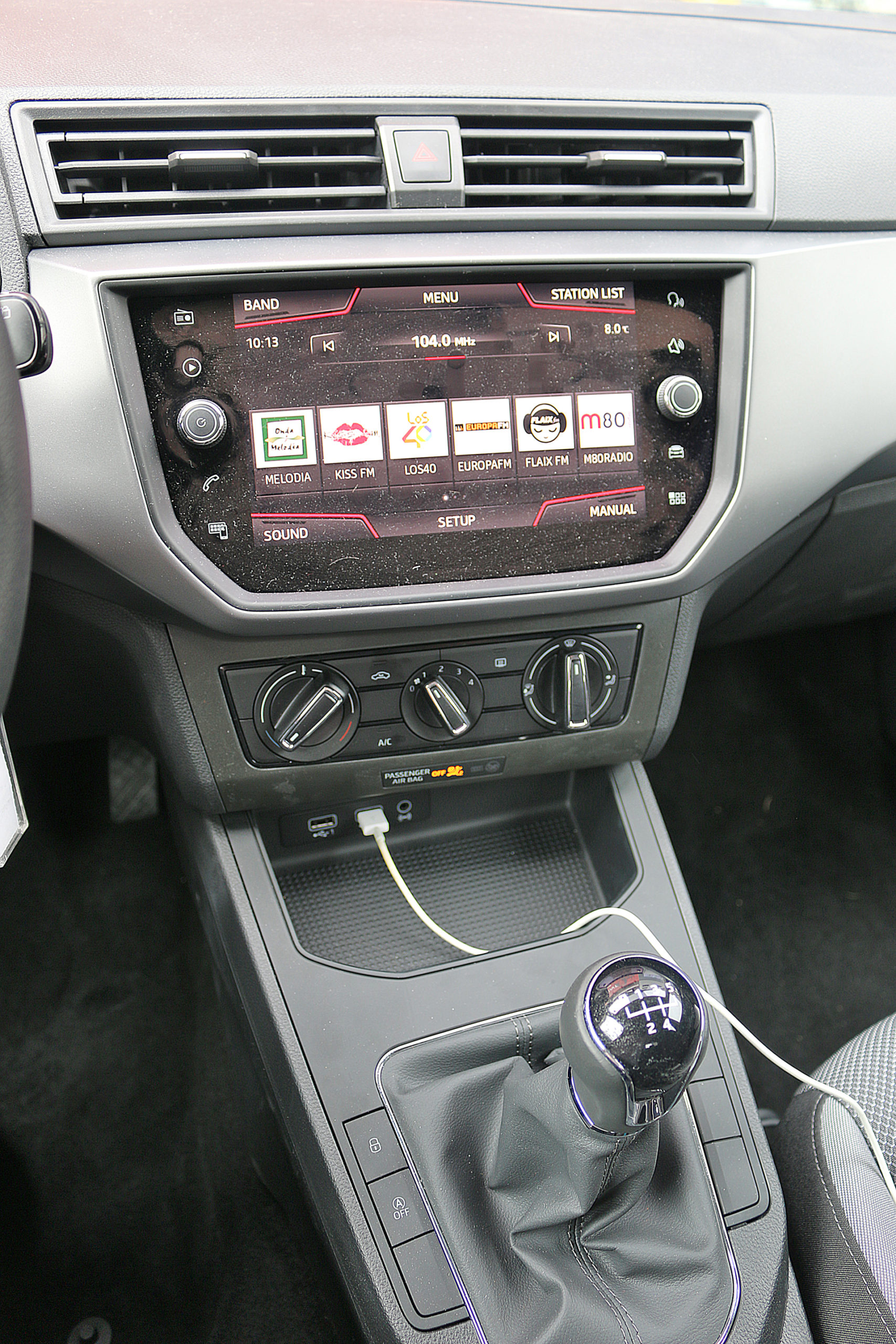
Americans who travel outside of the United States historically have either been unable to rent vehicles with automatic transmissions — or paid expensive rates when one was actually found — as in much of the rest of the world, vehicles with manual transmissions are considered de rigueur.
That standard has been shifting in recent years, as reports have been surfacing that the days of vehicles with manual transmissions are numbered — and that trend is likely to not go in reverse.
That news may be considered blasphemous for the automobile enthusiast who wants to drive a new Ferrari, Maserati, and even Lamborghini with a manual transmission: they do not exist, as those vehicle manufacturers are only a few of a growing trend in the automobile industry which have already phased out equipping their motor vehicles with manual transmissions…
…and other manufacturers — such as Porsche and Aston Martin — have been on the verge of eliminating them as well.
For people who have no experience in driving vehicles with manual transmissions — or who never want to know the experience — renting a vehicle outside of their home countries has been becoming a lot easier.
Vehicles With Automatic Transmissions Have Become Faster and More Efficient
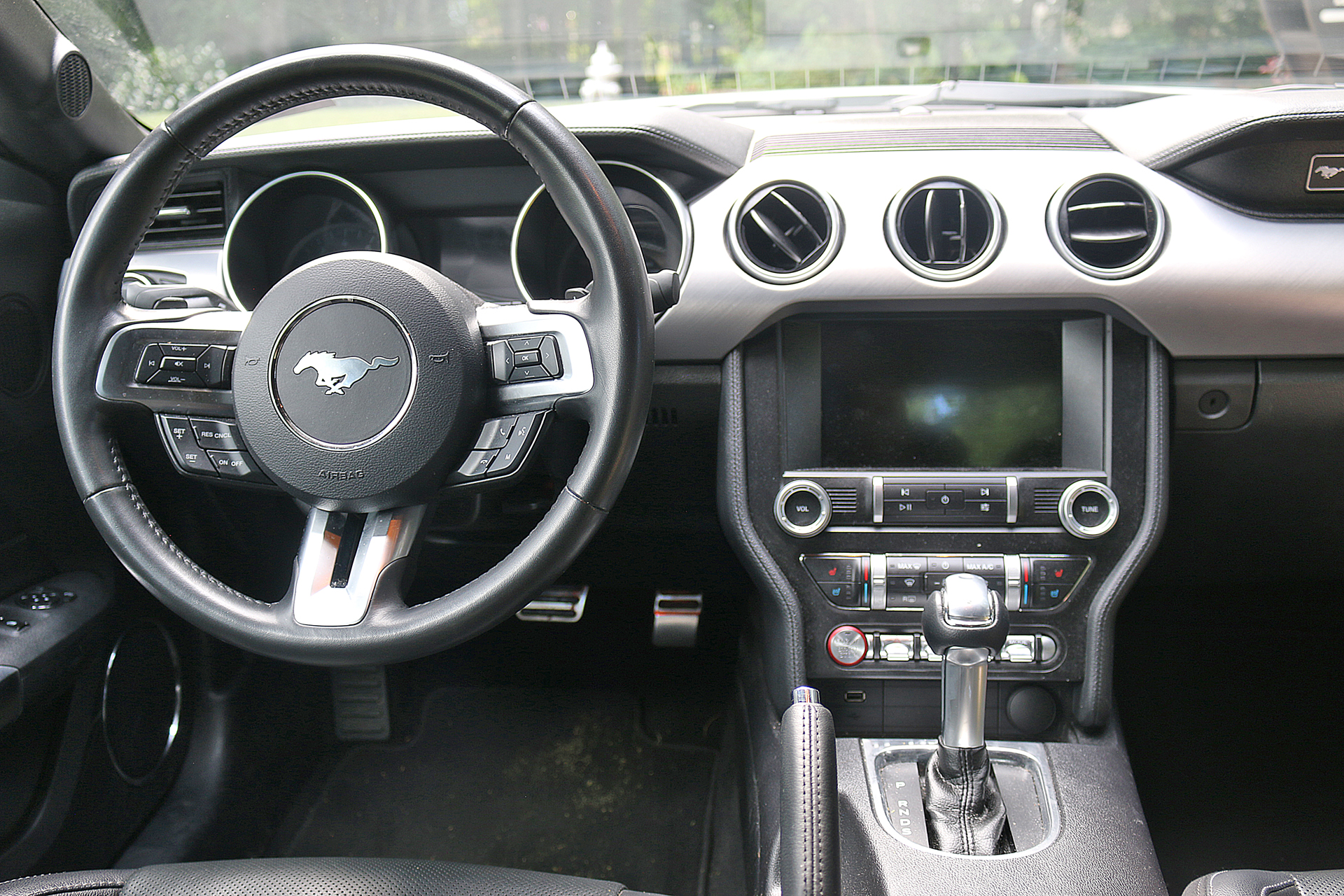
The reduction of vehicles with manual transmissions has actually been occurring for as long as almost 42 years in the United States: “In the past, automatic transmissions have generally been less efficient than manual transmissions, largely due to inefficiencies in the automatic transmission torque converter”, according to the Automotive Trends Report for 2020 of the Environmental Protection Agency of the United States. “Since 1980, there has been a large shift away from manual transmissions. Manual transmission production peaked in model year 1980 at nearly 35% of production and has since fallen to an all-time low of 1.4% in model year 2019. Today, manual transmissions are available only in a limited number of small vehicles, sports cars, and a few pickups. The shrinking availability of manual transmissions does limit the relevance of analyses comparing current manual transmissions to automatic transmissions.”
The report also states that vehicles “with a manual transmission were more efficient than their automatic counterparts through about 2010, but modern automatic transmissions are now more efficient. Two contributing factors to this trend are that automatic transmission design has become more efficient (using earlier lockup and other strategies), and the number of gears used in automatic transmissions has increased faster than in manual transmissions.”
Convenience Versus Price
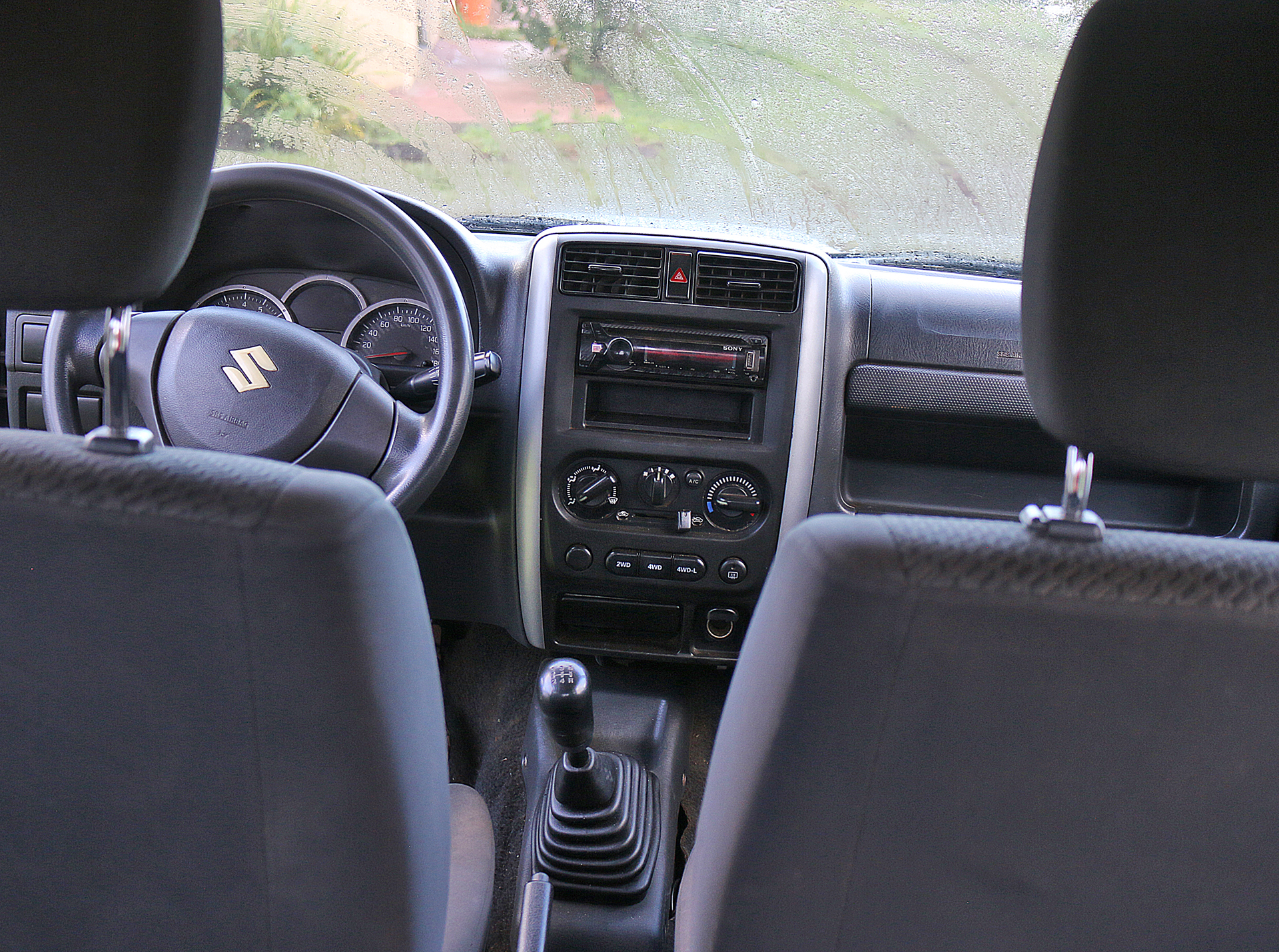
The common perception of vehicles which are equipped with manual transmissions is that they are less convenient than those equipped with automatic transmissions because the driver must use the clutch pedal to engage using the stick shift every time the gears need to be shifted — especially when negotiating through slow traffic or climbing up a steep hill…
…and that is one of the reasons why vehicles which are equipped with manual transmissions were traditionally less expensive than their counterparts which are equipped with automatic transmissions.
Interestingly, the desire for a stick shift in a car is becoming more expensive, as the market for cars which are equipped with manual transmissions is increasingly becoming a cottage industry — primarily because the technology for automatic transmissions has not only become more advanced; but it has also simultaneously become relatively less expensive to produce…
…and that is leading to cars which are equipped with manual transmissions to become more expensive than their automatic transmissions counterparts.
Number of Gears Increasing Over the Years

“Transmission designs have been rapidly evolving to increase the number of gears available and allow for both better engine operation and improved efficiency. The number of gears in new vehicles continues to increase, as does the use of continuously variable transmissions”, according to the aforementioned report. “For this analysis, transmissions are separated into manual transmissions, CVTs, and automatic transmissions. Automatic transmissions are further separated into those with and without lockup mechanisms, which can lock up the torque converter in an automatic transmission under certain driving conditions and improve efficiency. CVTs have also been split into hybrid and non-hybrid versions to reflect the fact that hybrid CVTs are generally very different mechanically from traditional CVTs.”
Also from that report:
Dual clutch transmissions (DCTs) are essentially automatic transmissions that operate internally much more like traditional manual transmissions. The two main advantages of DCTs are that they can shift very quickly, and they can avoid some of the internal resistance of a traditional automatic transmission by eliminating the torque converter. Currently, automaker submissions to EPA do not explicitly identify DCTs as a separate transmission category. Thus, the introduction of DCTs shows up as a slight increase in automatic transmissions without torque converters (although some DCTs may still be reported as traditional automatic transmissions).
In the early 1980s, three-speed automatic transmissions, both with and without lockup torque converters (shown as L3 and A3), were the most popular transmissions, but by model year 1985, the four-speed automatic transmission with lockup (L4) became the most popular transmission, a position it would hold for 25 years. Over 80% of all new vehicles produced in model year 1999 were equipped with an L4 transmission. After model year 1999, the production share of L4 transmissions slowly decreased as L5 and L6 transmissions were introduced into the market. Production of L5 and L6 transmissions combined passed the production of L4 transmissions in model year 2007.
Six-speed transmissions became the most popular transmission choice in model year 2010 and reached 60% of new vehicle production in model year 2013. However, the prevalence of 6-speed transmissions has since dropped quickly, to 26% in model year 2019 and to a projected 16% in model year 2020, as manufacturers have increasingly adopted transmissions with seven or more speeds and CVTs. In contrast to six- speed transmissions, the production of transmissions with seven or more speeds has increased to 47% of all vehicles in model year 2019 and is projected to grow to 51% in model year 2020, from only 2% in model year 2008. The production of CVTs (including hybrids) has also increased to almost 25% of all new vehicles, from about 8% in model year 2008. In model year 2019, eight-speed transmissions surpassed 6-speed transmission to become the most popular transmission choice. These trends are projected to continue in model year 2020, with 8-speed transmissions, CVTs, and 9 or more speed transmissions all continuing to increase market share.
The average number of gears in new vehicles has been steadily climbing for car, trucks, automatic transmissions, and manual transmissions. In model year 1980, automatic transmissions, on average, had fewer gears than manual transmissions. However, automatic transmissions have added gears faster than manual transmissions, and now the average automatic transmission has more gears than the average manual transmission.
More Electric Vehicles by 2030
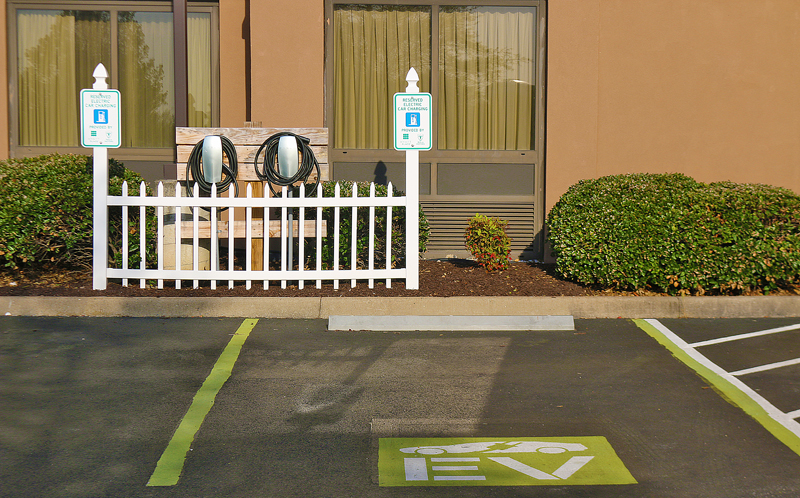
The motors which power electric vehicles do not have multiple gears to shift and therefore do not require a traditional transmission of any type.
Internal combustion engines — which have been part of the traditional drivetrain of vehicles for decades — require multiple gears with different ratios for building up torque for power output as the vehicle accelerates; whereas electric motors deliver power instantly and produce a consistent amount of torque at any given revolutions per minute within a specific range. This means that the process of building up torque through “revving” — as is typical with internal combustion engines — is unnecessary.
According to this official statement from the White House of the United States, Joseph Biden “will sign an Executive Order that sets an ambitious new target to make half of all new vehicles sold in 2030 zero-emissions vehicles, including battery electric, plug-in hybrid electric, or fuel cell electric vehicles.” The current president of the United States believes that the time for the United States to lead in electric vehicle manufacturing, infrastructure, and innovation has come by investing in:
- Installing the first-ever national network of electric vehicle charging stations
- Delivering point-of-sale consumer incentives to spur manufacturing and union jobs in the United States
- Financing the retooling and expansion of the full domestic manufacturing supply chain
- Innovating the next generation of clean technologies to maintain the competitive edge of the United States
Other than the Porsche Taycan and a scant few other models worldwide, electric vehicles are equipped with motors that have no more than one “gear” and therefore will likely not be equipped with a responsive stick shift — and even then, if one became available, they could be significantly more expensive.
Final Boarding Call

With the exception of my first car — which I had for only a year or so — every vehicle which I have ever owned and used as my main mode of transportation has been equipped with a manual transmission.
The first time I learned how to drive using a stick shift was after 1:00 in the morning in an empty parking lot in Jericho — which is in Nassau County on Long Island — in New York.
The second time I drove a car equipped with a manual transmission was on the Brooklyn-Queens Expressway in traffic during “rush” hour in Brooklyn — the passenger was the owner of the car, which did not help matters…
…and within the next year, I was using a stick shift while driving up the steep hills in San Francisco on my way from Seattle to San Antonio alone — again, in a car owned by someone else. At that time, not slowly drifting back and bumping into the car behind me while shifting to move forward from a dead stop at a steep angle seemed to take everything I had.
I will miss the stick shift — but some years will pass until its death is pronounced…
All photographs ©2018, ©2019, and ©2021 by Brian Cohen.
